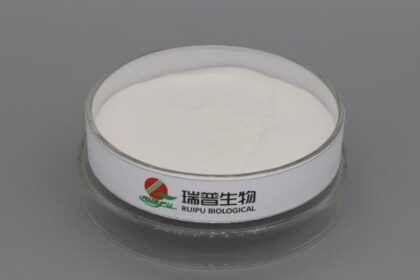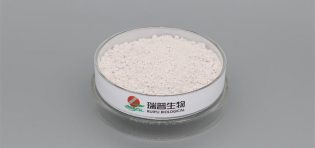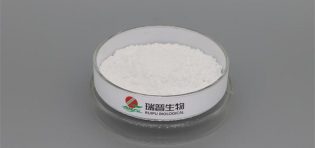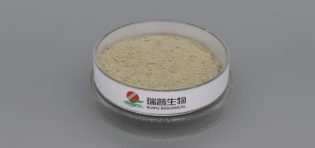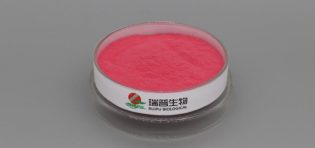
The purity of sodium malate can significantly impact its price.Purity refers to the percentage or level of the desired compound (sodium malate) in a given sample.In general, higher purity levels are associated with higher production costs, which can influence the overall pricing of sodium malate.
The raw materials used in the production of sodium malate contribute to the overall cost.If the starting materials are of high purity, the cost of production tends to be higher.
The complexity and efficiency of the manufacturing processes can influence purity levels. Sophisticated purification techniques and quality control measures contribute to higher purity but may also increase production costs.
Ensuring high purity requires rigorous quality control measures and testing throughout the manufacturing process.Manufacturers investing in advanced testing procedures and equipment may produce higher-purity sodium malate, but these measures contribute to costs.
Meeting specific purity standards and regulatory requirements adds to the cost of production. Manufacturers adhering to strict quality standards may incur additional expenses to ensure their products meet regulatory specifications.
The demand for high-purity sodium malate, driven by various industries such as food, pharmaceuticals, and research, can influence its price.If there is a significant demand for ultra-pure sodium malate, manufacturers may price it accordingly.
The competitive landscape in the sodium malate market can also impact pricing.If multiple suppliers are offering high-purity products, competition may lead to more competitive prices.
Different industries and applications may have varying purity requirements.For instance, pharmaceutical-grade sodium malate may need to meet more stringent purity standards than a product intended for general industrial use.
If the product requires specialized packaging or handling procedures to maintain its purity during transportation and storage, these factors can contribute to the overall cost and, subsequently, the price.
Established brands with a reputation for producing high-quality, pure products may command higher prices based on consumer confidence in the brand.
When evaluating the pricing of sodium malate, it's essential to consider not only the purity level but also the intended application, the reputation of the manufacturer, and any additional features or services provided.Buyers should communicate with suppliers to understand the factors influencing the pricing of sodium malate in specific instances.


